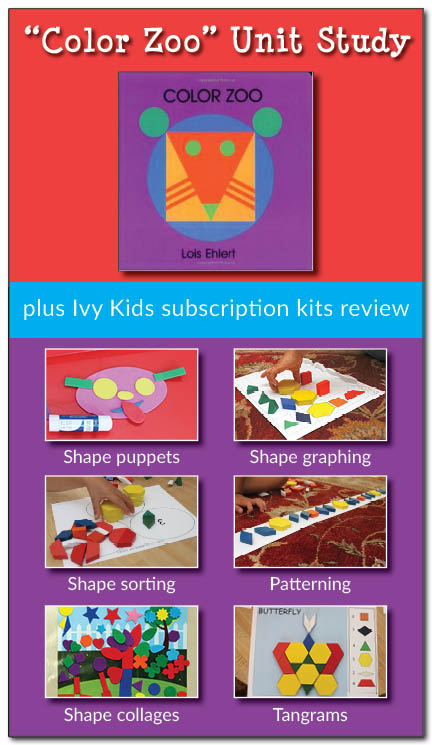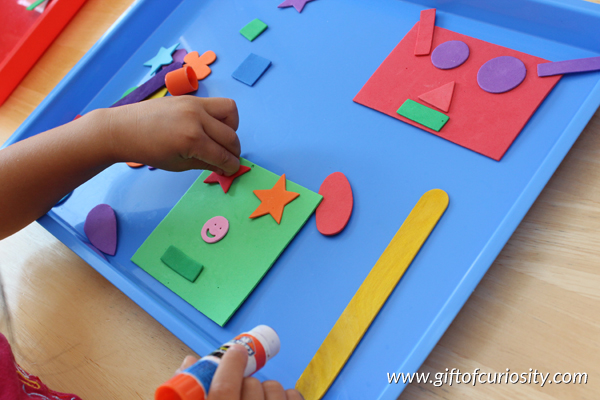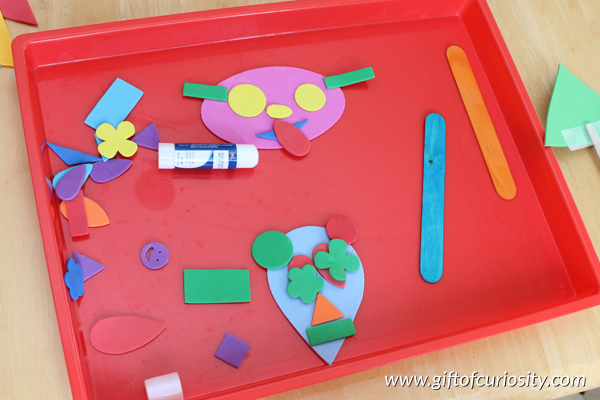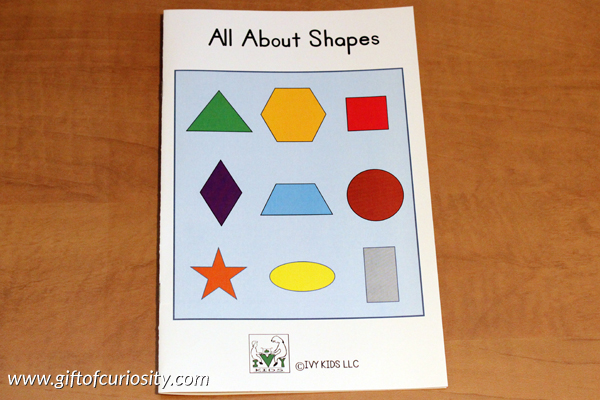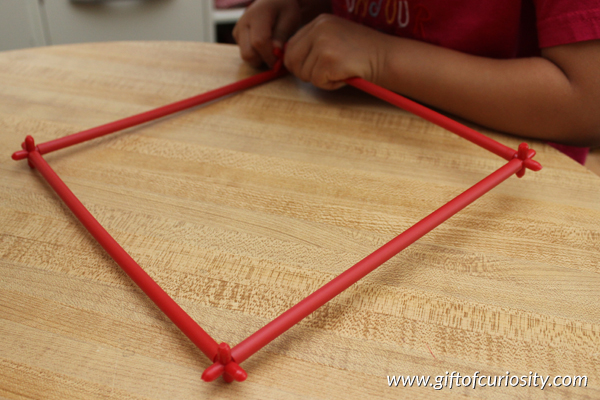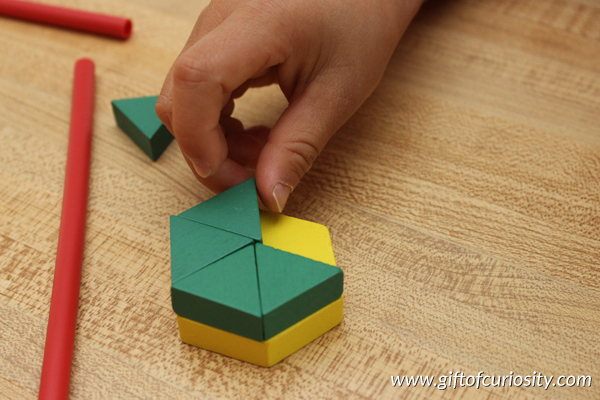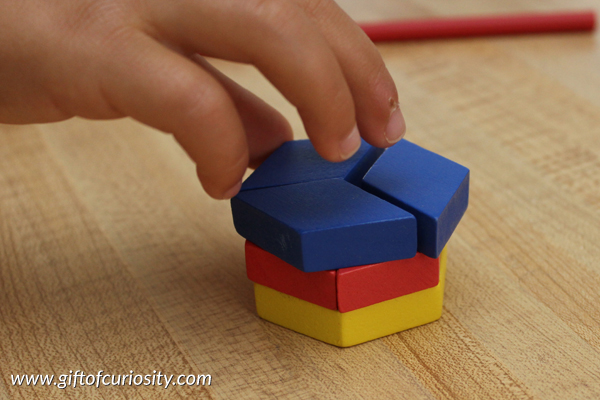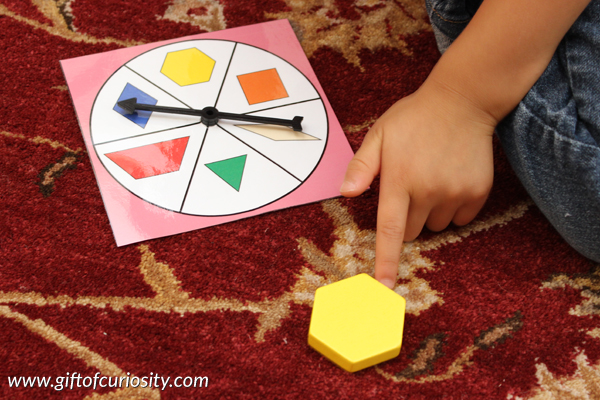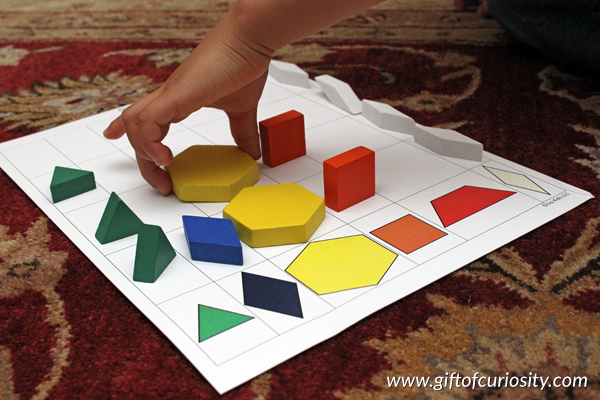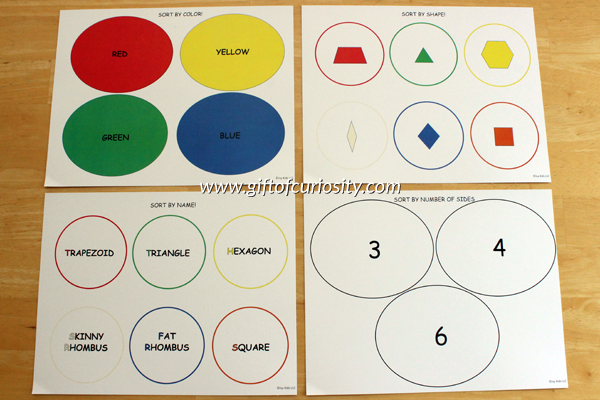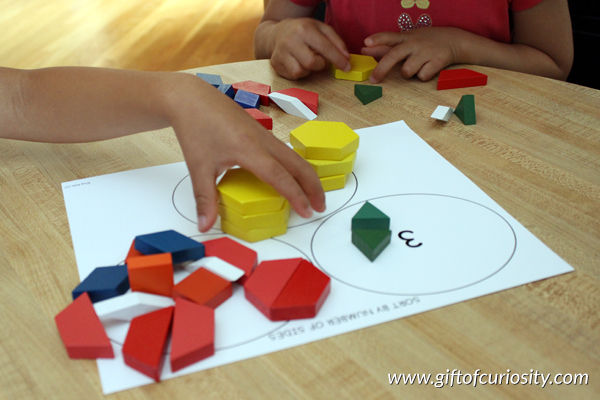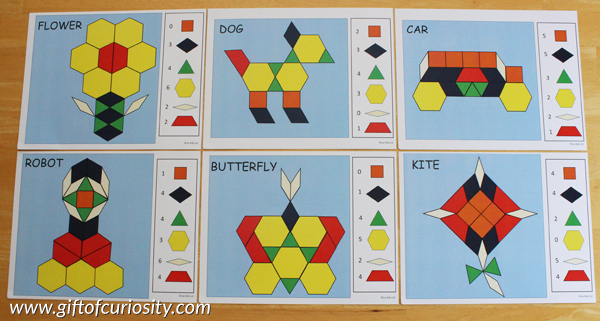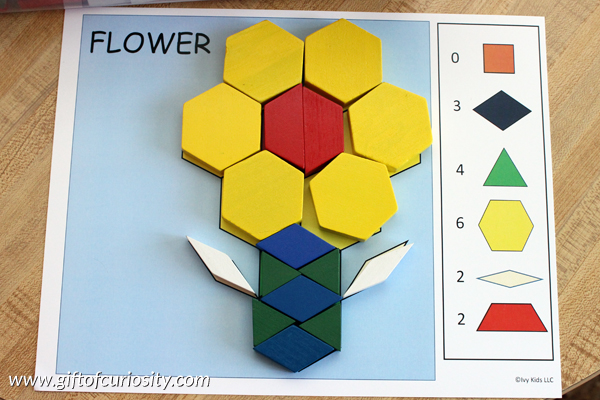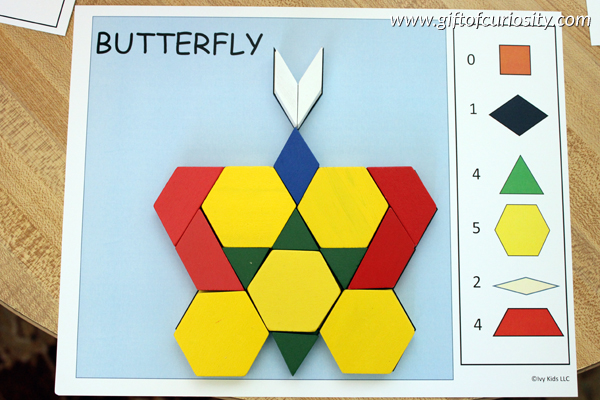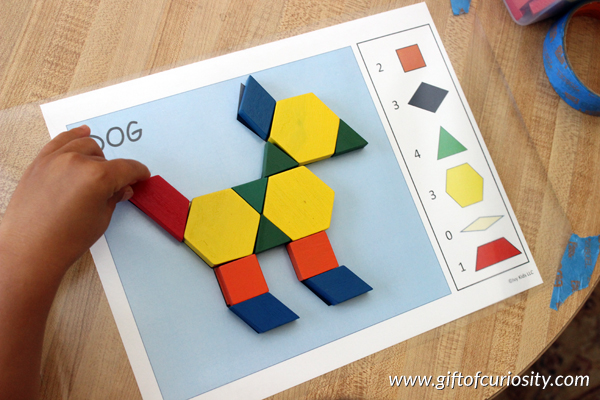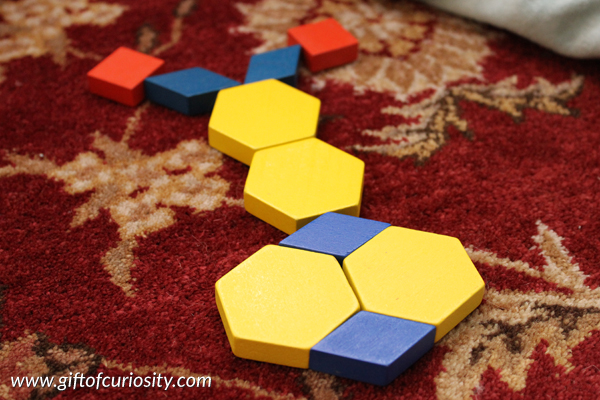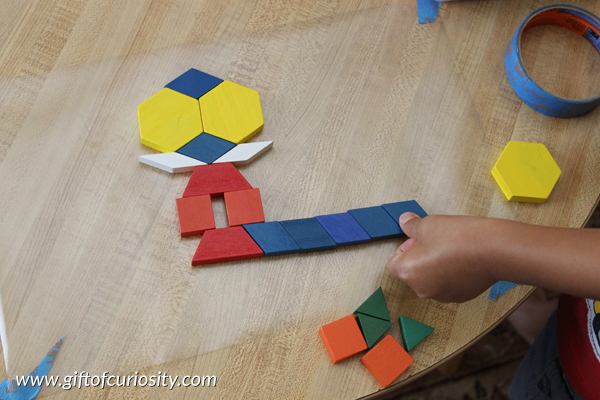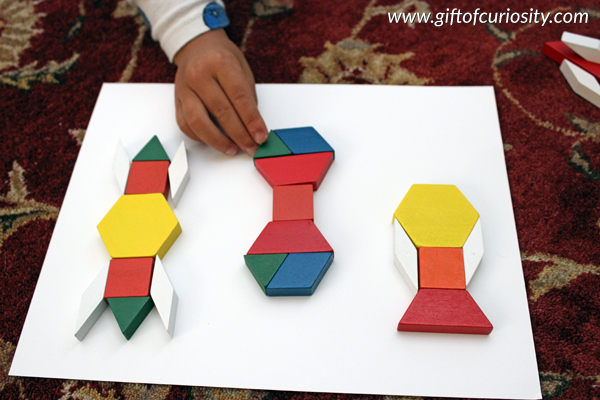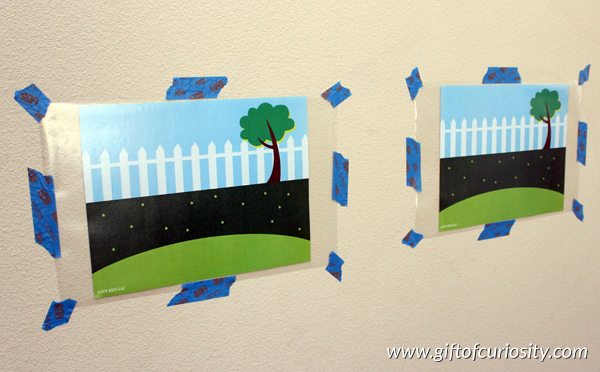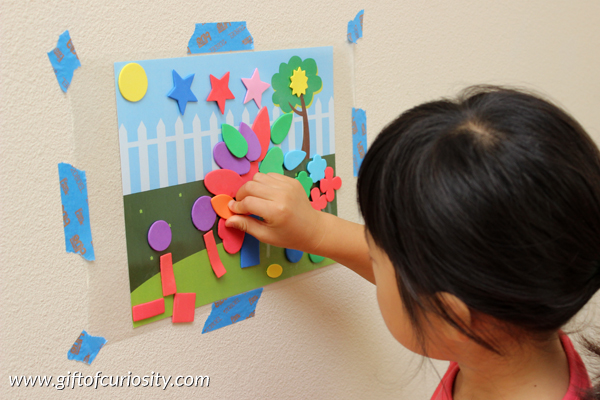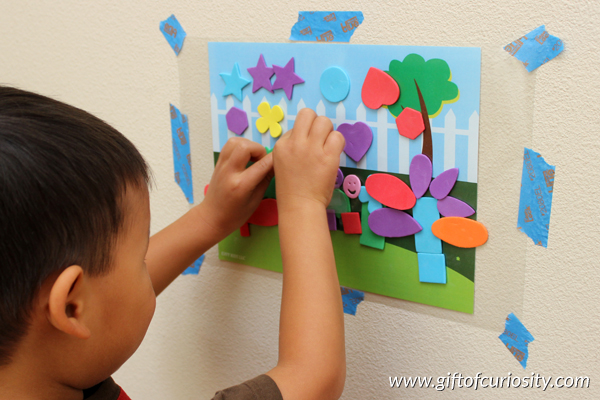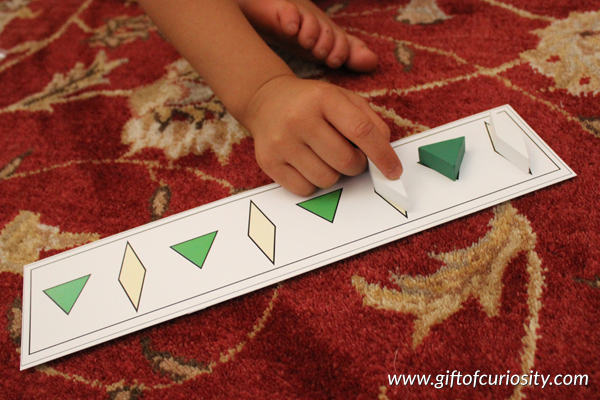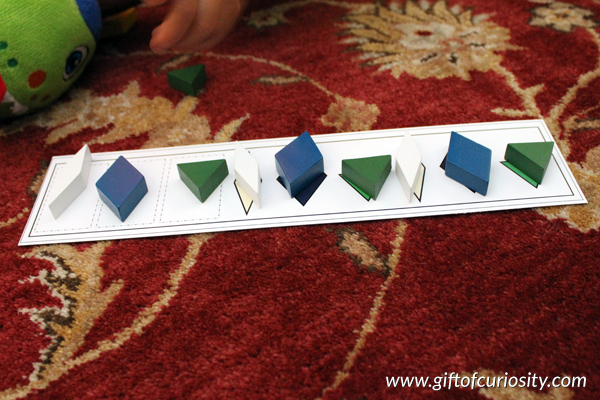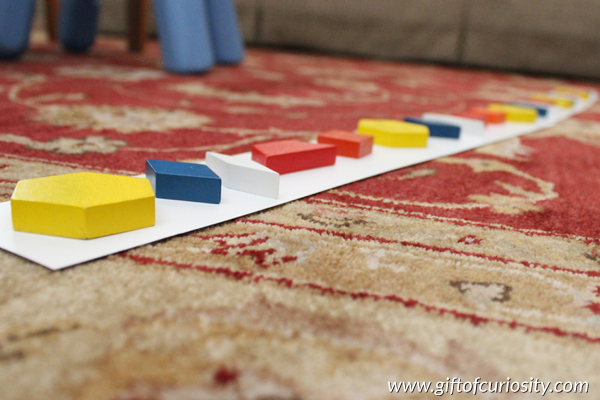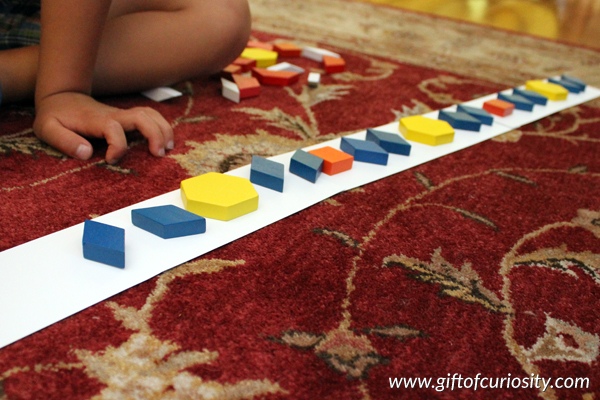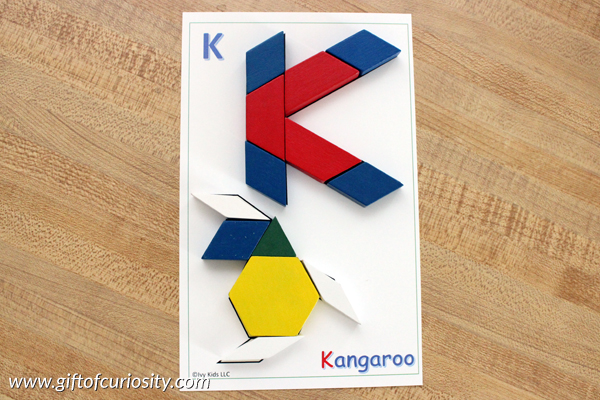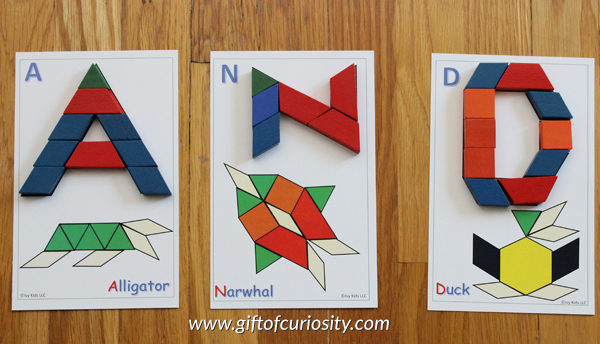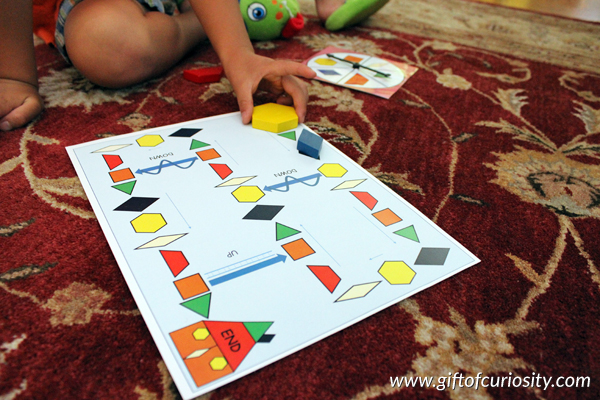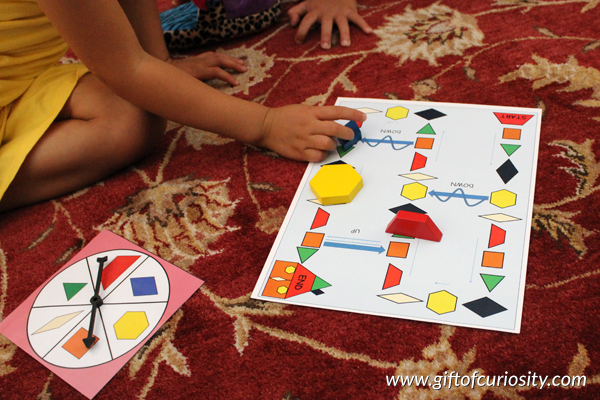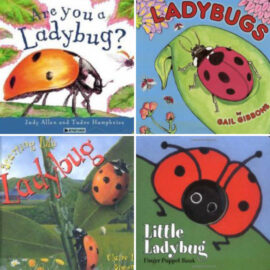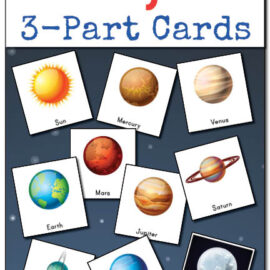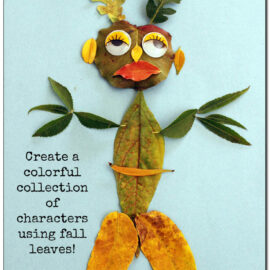This post may contain affiliate ads at no cost to you. See my disclosures for more information.
This is a sponsored post. I received the Color Zoo Ivy Kids Kit as compensation for writing a review about Ivy Kids. I was not required to write a positive view, and all opinions expressed here are my own.
I love doing unit studies with my kids. In a previous post, I discussed the benefits of doing literature-based unit studies with kids. In that same post, I shared our experience doing an Ivy Kids-inspired unit study based on the book Jump, Frog, Jump! by Robert Kalan. I have also shared our experience doing an Ivy Kids-inspired unit study based on the book Mouse Paint
by Ellen Stoll Walsh.
So what is Ivy Kids? Ivy Kids is a monthly educational subscription box for children ages 3-8. Ivy Kids kits are created and certified by early childhood teachers. One of the things that sets Ivy Kids apart from other subscription services is that each kit includes a book and materials for a number of activities to complete that are based on the themes in the book. So basically, subscribing to Ivy Kids means that you will get all the materials you need to complete a literature-based unit study at your doorstep each month!
After enjoying the July and August Ivy Kids kits, I was excited to receive the September kit featuring the book Color Zoo by Lois Ehlert. In this post I share our Ivy Kids-inspired unit study based on this book.
Color Zoo is a clever concept book for young children. Although the title of the book suggests that it is about teaching colors, the book is really all about shapes. In fact, it uses a layered series of shape cutouts to create images of different animals on each page. Thus, while the book initially appears quite simple, the execution of this concept is actually quite complex.
The Ivy Kids kit based on the book Color Zoo included so many activities for us to try. Although the kit includes all of the materials needed to complete the suggested activities, in a few cases (which are noted below) I added my own twist to the activities using materials we had at home.
Animal Puppets
Skills practiced: identifying shapes, comparing sizes, using shapes to represent animals, making puppets.
After reading the book together, we sat down to create our own animal puppets using the foam shapes provided in the Ivy Kids kit.
My kids really enjoyed getting creative with this activity, and their puppets turned out so colorful and fun.
The only challenge we experienced was that the glue sticks included in the kit did not do a good job of getting the foam shapes to stick together. I ended up pulling out our regular glue to do this activity, and found that the pieces held together much better that way.
All About Shapes and Making Shapes
Skills practiced: identifying shapes and their attributes, creating shapes, critical thinking, experimentation, fine motor development
The kit included a booklet titled “All About Shapes” to encourage kids to explore shapes in their environment and to create their own.
We used the book as a starting point for a few activities. For example, we searched for circles and squares in our environment. We also used the included straws and connectors to build shapes, such as a square.
We also used the included wooden pattern blocks to build shapes. For example, we noticed that six equilateral triangles makes a hexagon.
Two trapezoids or three of the blue rhombuses also make a hexagon.
Shape Race
Skills practiced: identifying shapes and their attributes, matching, graphing, counting, comparing quantities
My kids have really been enjoying graphing games in recent months, so I was pleased to find a graphing game included in the kit.
We all took turns spinning the spinner.
Then we added the appropriate shape to our shape graph. The white rhombuses “won” the race, but we kept playing until all of the other shapes had “won” too.
With each spin, I made sure to emphasize the name of the shape to help my kids learn the ones they didn’t know, like “rhombus” and “hexagon.” And throughout our play, I had my kids stop from time to time to look at each column and figure out which shape was “winning” by comparing quantities.
Sorting Shapes
Skills practiced: identifying shapes and their attributes, grouping objects based on similarities and/or differences
The kit includes four different options for sorting the shapes: by color, by shape, by name, and by number of sides. This is a great way to differentiate the learning for kids at different levels.
We chose to sort the shapes by number of sides. We quickly saw that there were a number of shapes with four sides but only one shape with six sides and one shape with three sides.
Tangrams
Skills practiced: identifying shapes and their attributes, recognizing spatial relationships, putting shapes together to make new shapes, number symbol recognition, counting, creativity, fine motor development, visual and spatial perception
We have owned our wooden pattern blocks for a few years now, but I haven’t had all that much luck getting my kids interested in creating images with them before. Well, that all changed as we worked on the tangrams activities in this kit!
The kit includes six patterns you can copy: a flower, dog, car, robot, butterfly, and kite.
XGirl started by making a flower.
And a butterfly.
QBoy wanted to make the dog. To make things a bit easier for him and to prevent the pattern blocks from sliding around while he worked, I taped some clear contact paper, sticky side up, to the table. I then slipped the pattern block template under the clear contact paper
so my kids could place their pattern blocks without having them slide around. (Note: Contact paper
does not come with the Ivy Kids kit. This came from our own supply.)
After making some of the designs using the pattern block templates from Ivy Kids, my kids became inspired to create their own designs.
They made some on the floor.
And some on the contact paper.
I also challenged them to make some symmetrical designs. I gave them one half of the design and asked them to add pattern blocks to make the design symmetrical.
I was so happy to see see my kids getting really enthusiastic about creating designs with the pattern blocks. The images I’ve shared are just a tiny fraction of the designs they worked on over several different days.
Shape Collage
Skills practiced: making a collage, representational artwork, exploring different ways to put shapes together, identifying shapes, fine motor development
Aside from the tangrams, this was another one of my kids’ favorite activities.
The Ivy Kids kit includes these background images along with a variety of foam shapes for kids to make shape collages. The suggested activity is to glue the shapes onto the background, and a glue stick is included for this activity. I opted to do something a bit different, however.
I used painter’s tape to hang the background images on our wall. I then used more painter’s tape to adhere some of our clear contact paper to the wall covering the background images. Note that I hung the contact paper with the sticky side facing out.
With the contact paper in place, my kids were able to stick shapes in place by pressing them into the contact paper.
They had a ton of fun with this activity, only stopping when they ran out of shapes. 🙂 And I was able to leave their artwork on the wall for a few days to show off their talents!
Shape Patterns
Skills practiced: identifying shapes and their attributes, patterning, critical thinking, fine motor development
The Ivy Kids kit comes with a variety of pattern strips for kids to copy and extend. They range from fairly simple, like this one. . .
. . . to more complex, like this one.
However, I have been working with my kids on patterning for a long time. I convinced them to try a couple of the patterns from the kit, but what they really wanted to do was to create their own, much more complicated patterns. And they usually wanted me to finish them!
So I challenged QBoy to come up with a pattern that he needed to repeat at least twice. Once he did that – it was a pattern involving five different shapes – I added to it to create a really long pattern strip. He breezed through continuing the pattern. (I guess all our patterning practice has paid off!)
Then I challenged him by creating this AABAAC pattern for him to copy.
Letter Zoo
Skills practiced: letter symbol identification, letter sounds, shapes and patterns, fine motor development, visual and spatial perception
The Ivy Kids Kit comes with a complete set of alphabet pattern block cards. With these cards, kids can use pattern blocks to create every letter of the alphabet and an animal that corresponds to each letter.
XGirl worked on letters.
QBoy spelled out some of his sight words using pattern blocks (although he did not want to create the animals on the cards).
Race Home
Skills practiced: identifying shapes and their attributes, patterns, matching, directionality
The last activity we did was the Race Home game. The Ivy Kids kit includes a board game featuring the shapes from the pattern blocks set. We each chose a shape, then spun the spinner to decide how far to move our shape.
As we played, I continually encouraged the kids to name the shapes they had rolled in an effort to reinforce shape recognition.
My opinion about Ivy Kids
As you can see from our experience with the Color Zoo kit, each Ivy Kids kit includes a ton of educational activities covering a wide range of subjects. It took us several days to complete the activities in this kit.
So how would I rate this Ivy Kids kit?
Book choice: Compared to the July and August Ivy Kids kits, I felt this book was not a great choice of literature for the 3-8 year-old set. Color Zoo is a board book, and my kids’ first reaction when they saw it was “that’s for babies!” The fact that most pages include just one word made my my kids even more convinced that the book was for babies. Although we typically read books more than once, this was a book we only read one time.
Educational value: Although I was underwhelmed by the book choice this month, the activities in the kit more than made up for the lackluster literature experience. My kids were inspired to go above and beyond with many of the activities, especially with the tangrams. I had tried to engage them with our pattern blocks in the past with little success. However, they have been inspired by this month’s kit to engage with the pattern blocks in all sorts of fun and educational ways.
For that reason, I found the overall educational value of the kit to be very good, particularly for kids in the Little Ivy age range of 3-5 years. All of the activities were designed to build shape recognition. At the same time, kids could practice a huge array of other skills in domains such as language, math, art, and fine motor development.
I also appreciate that each activity comes with an instruction guide that includes tips for tailoring the activity to your “Little Ivy” ages 3-5 or your “Junior Ivy” ages 5-8, questions you can ask to scaffold the learning for your children, and a list of learning goals.
Entertainment value: On the third day of doing activities from this kit, my kids were begging me, “Can you do Ivy Kids with us?” Their favorite activities were the tangrams, shape collages, animal puppets, and patterning. Once we had finished all of the activities in the kit, they were still asking for more. Of course, I’m happy to oblige them by repeating favorite activities. 🙂
Age range: Ivy Kids bills itself as appropriate for kids ages 3-8. My experience with the three kits we have reviewed so far leads me to believe that the academic content is more appropriate for kids in the Little Ivy age range (3-5). Many kids in the Junior Ivy age range (5-8) will have already mastered the academic content (e.g., shape recognition, letter recognition). However, older kids will still enjoy some of the more artistic aspects of the kits like creating animal puppets and shape collages.
Summary: Ivy Kids makes it extremely easy to do a comprehensive book unit study with your kids. Literally all of the materials you will need to do the activities are included in the kit, so there’s no need to spend time or money hunting down materials. (Of course you are free to add your own materials to embellish on the content, as we did with this kit.) Ivy Kids also includes clear instructions for each activity as well as tips for parents and caregivers to tailor the activity to kids of different developmental levels. Ivy Kids makes it very easy to simply open your kit and get started with learning. I especially recommend it for kids in the 3-5 year age range.
More literacy resources
More literature studies from Gift of Curiosity:
- Mouse Paint book study
- Jump, Frog, Jump! book study
- Activities inspired by The Lorax
- Activity inspired by The Teddy Bear’s Picnic
- Activity inspired by Sail Away
For more activities that go with books, see my Connections to Literature page and my Activities that Go with Books Pinterest board.
Follow Katie @ Gift of Curiosity’s board Activities that Go with Books on Pinterest.
Products mentioned in this post:

